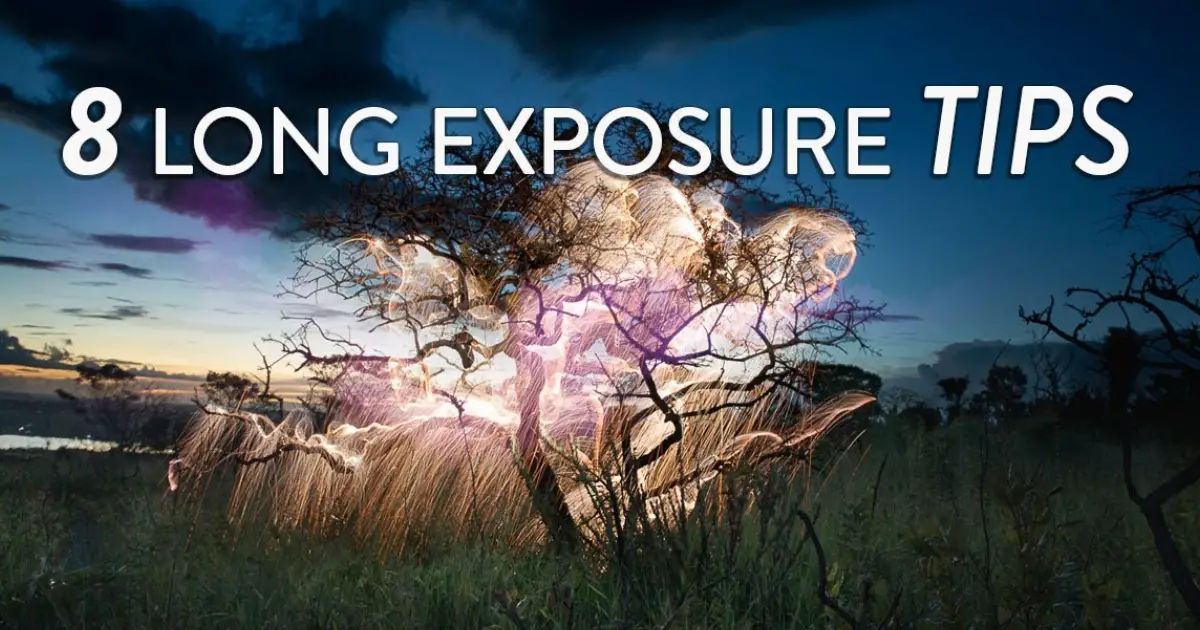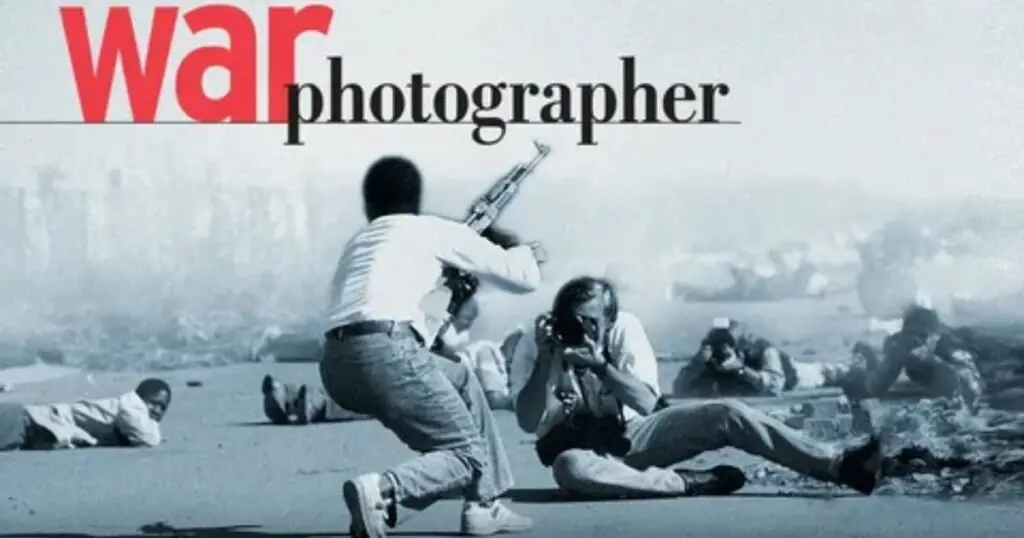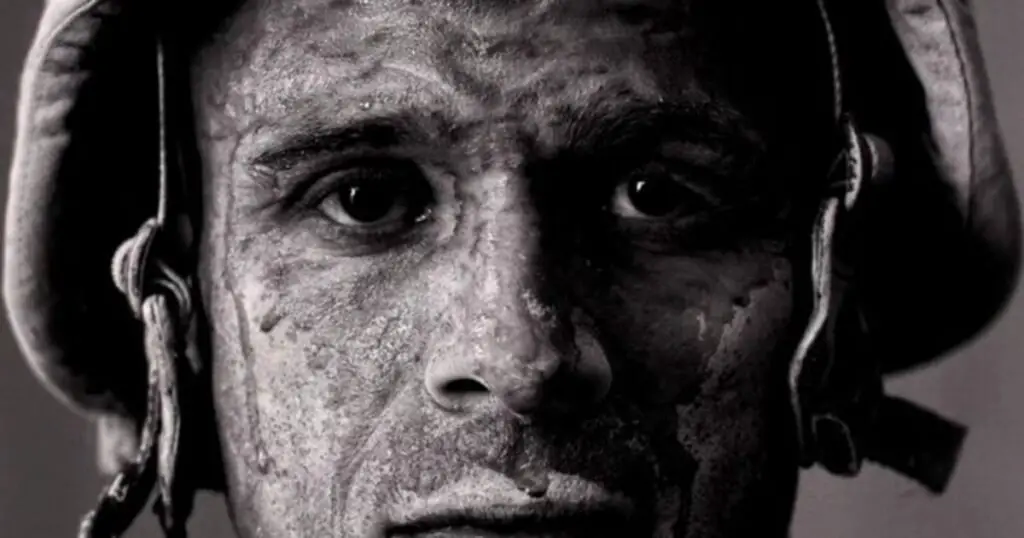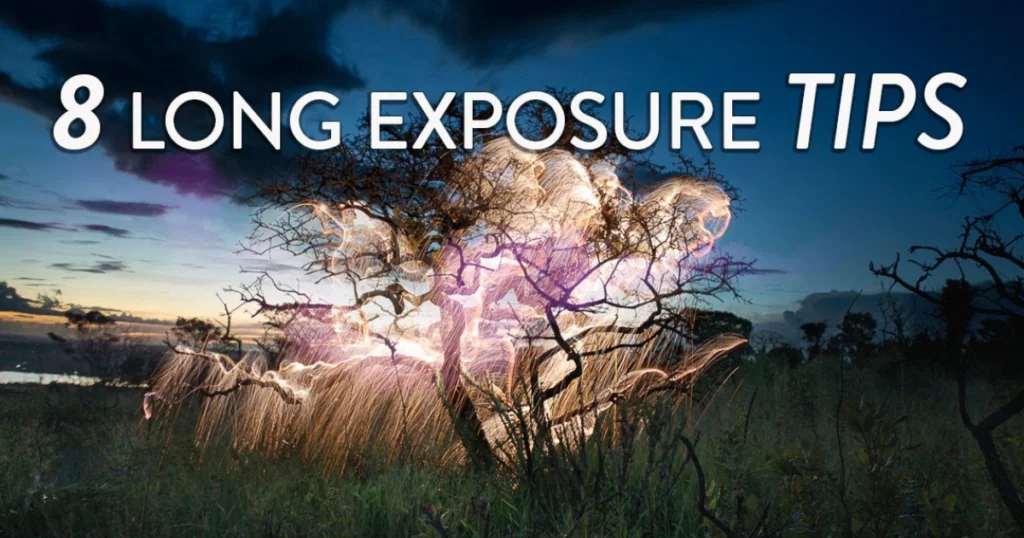Photography, which focuses on the sort of light on the subject to get incredible photos, is called exposure photography. Overall, if you’re a complete beginner or someone who wants to learn more and become a better photographer, understanding exposure is important.
Below is a list of eight pieces of advice on which use can guide you step by step. You’ll find out how to change the camera settings, find a good light source, or control the shadows. So, by performing these easy steps, you will be prepared to shoot everything around better without considering the light conditions.
Exposure is one of the simplest and most crucial definitions of photography. Every time you take a picture, you pull a shutter button, an aperture in front of a camera opens, and light pours in, making a sensor respond. Exposure is how much light you put on your camera sensor to build up visual information over time.
8 Best Tips for Exposure Photography Users
Learning how to master exposure is important if you want to take clear, vibrant, and well-balanced photos. Here’s a detailed guide to achieving the perfect exposure every time.
1. Learn the Exposure Triangle
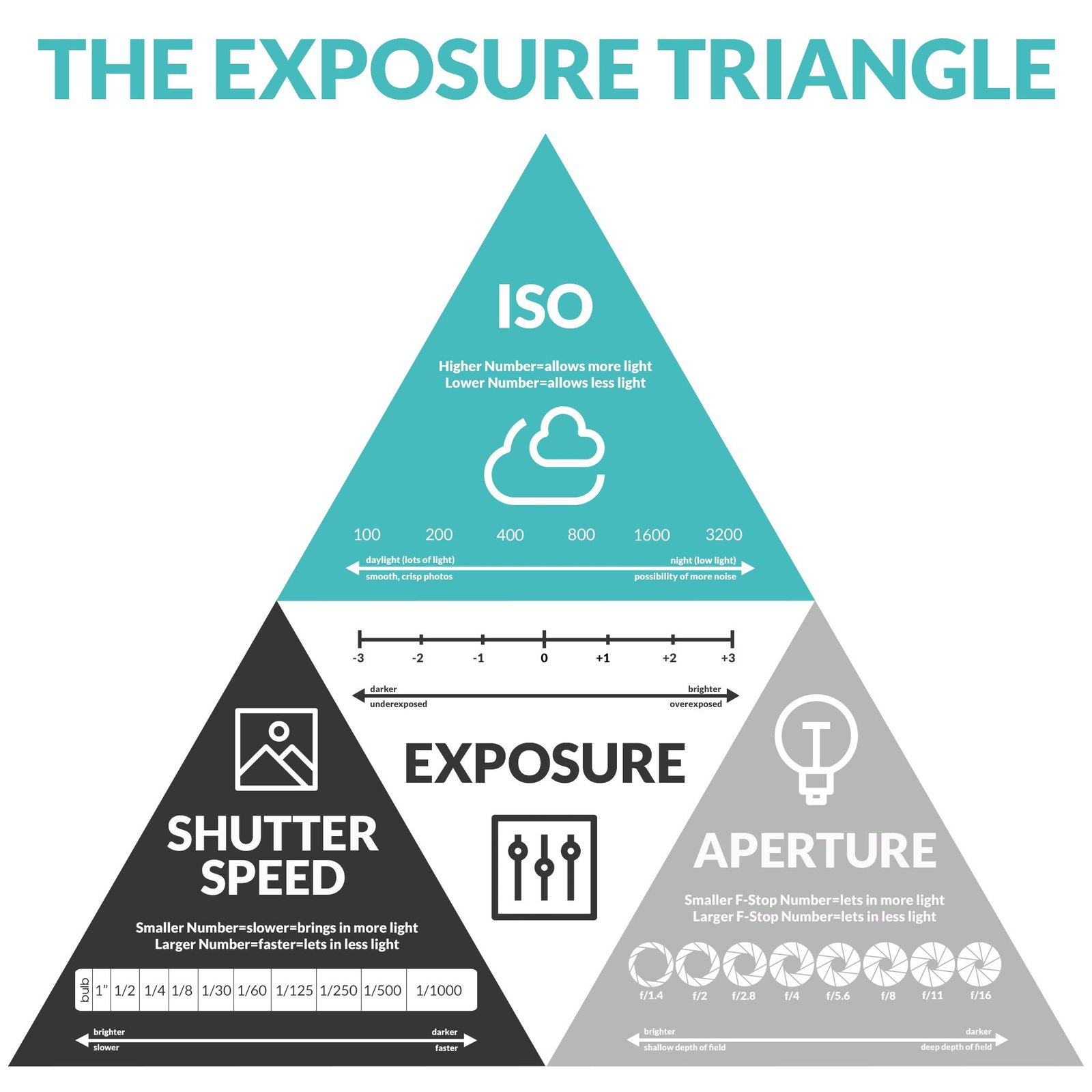
The exposure triangle consists of three essential settings: aperture, shutter speed, and ISO. These three elements coordinate to control the amount of light that hits your camera sensor.
The aperture controls the opening of the lens, which in turn affects light intake and depth of field.
Shutter Speed measures how long the camera sensor is exposed to light, which can result in motion blur or sharp images.
ISO controls the sensor’s light sensitivity. This can be very beneficial when shooting in low-light conditions, but it tends to introduce graininess in the image when it’s cranked up too high.
Once you know how to control these three variables, you can expose images correctly, even under complex lighting situations.
2. Set Your Aperture
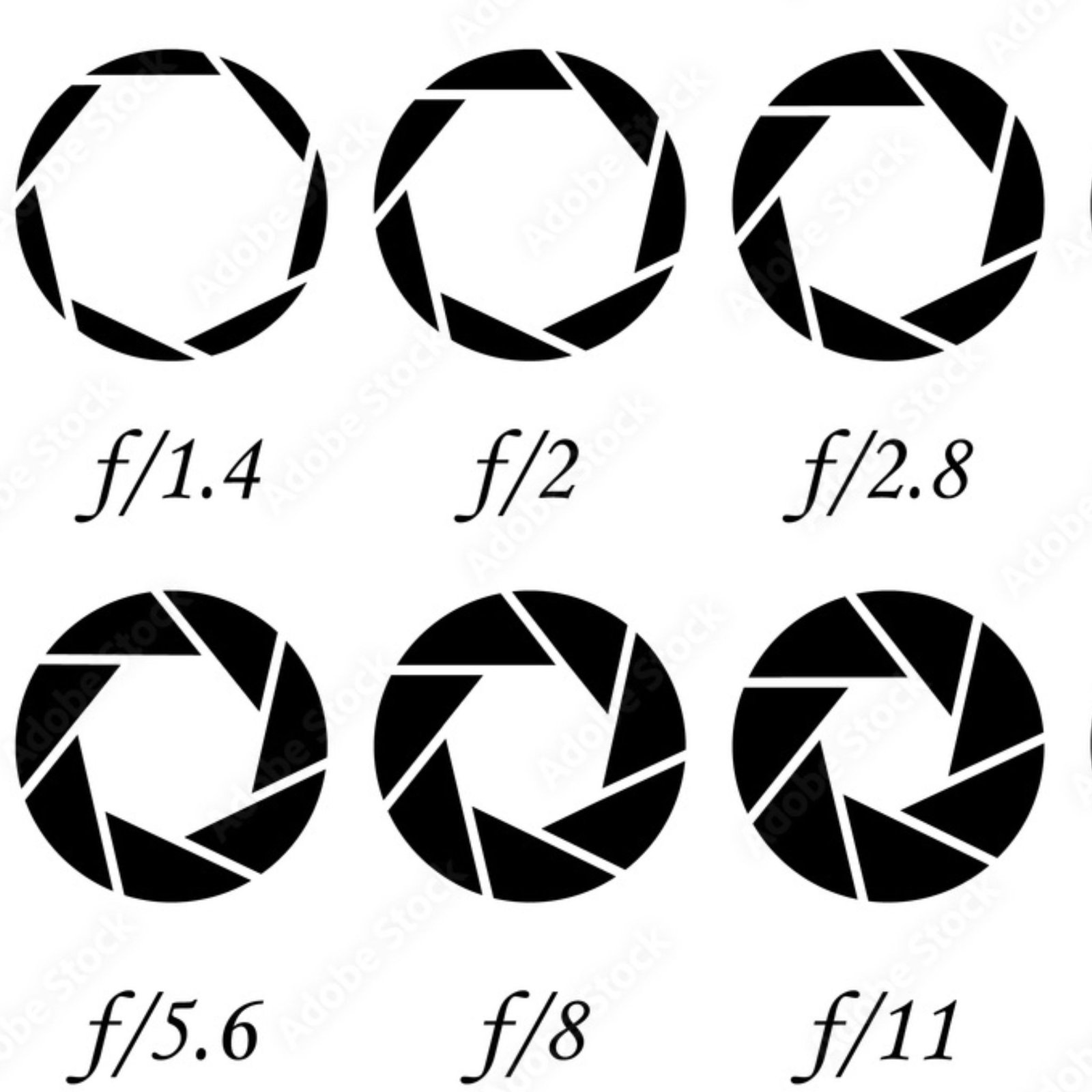
Aperture is measured in f-stops and will influence the amount of light coming through your lens, as well as how much of your image is focused.
Low f-stop values, for example, f/2.8 will have a shallow depth of field. That is perfect for portraits when you want the background to be blurred.
High f-stop values, like f/16, will result in a higher depth of field. That’s usually needed in a landscape shot, where everything should appear sharp.
You can experiment with the f-stops and change them depending on your needs and the situation, lighting-wise, to get a good shot.
3. Change Shutter Speed
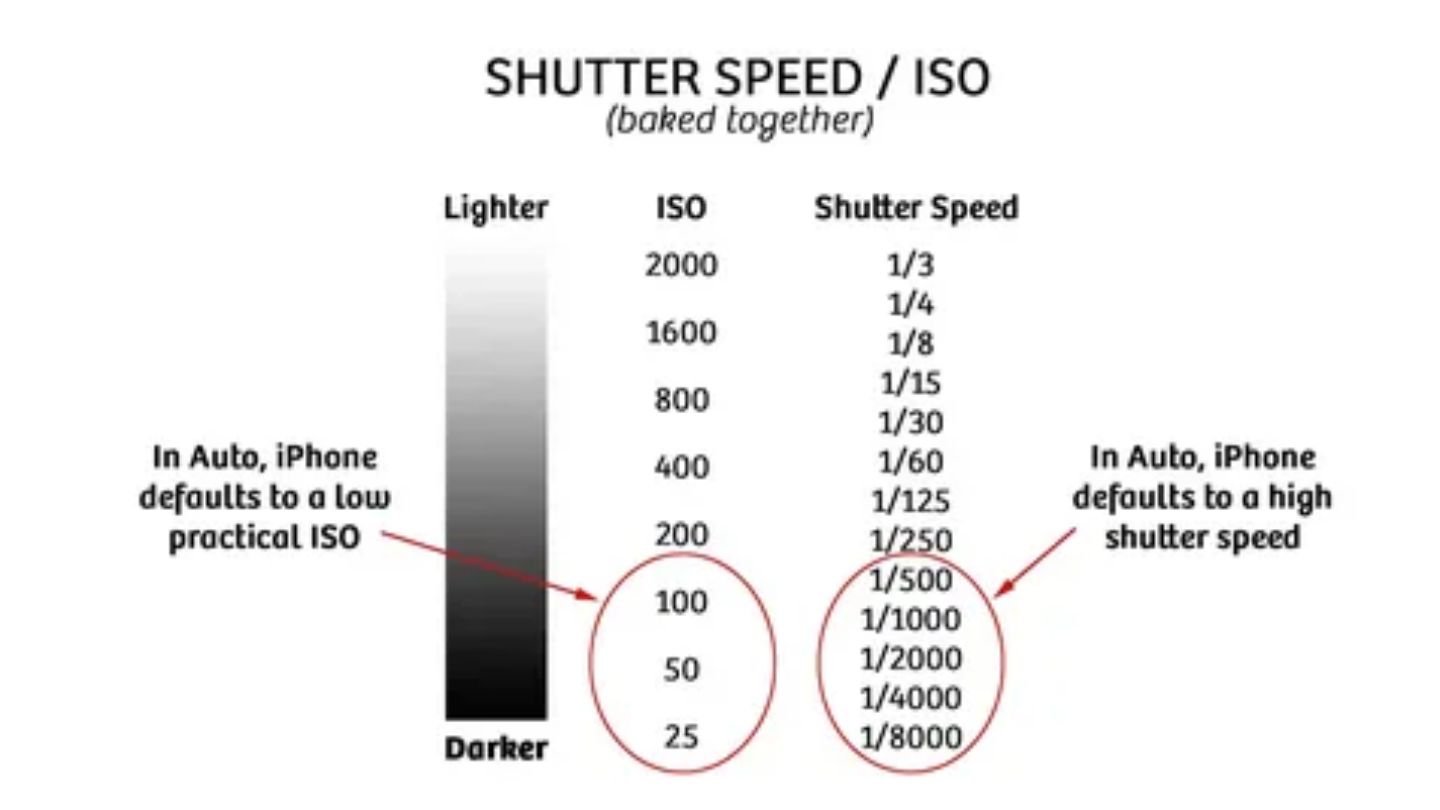
Shutter speed is critical for motion in your images. It describes how long the camera’s sensor is exposed to light.
Fast shutter speeds, such as 1/1000, can freeze action and be handy for shooting action. Slow shutter speeds, like 1/30 or slower, capture motion blur to add soft effects in water or clouds.
Try varying shutter speeds depending on the subject. For example, if you want some creative effects of motion blur, you can use slower shutter speeds, especially for tripod stability.
4. ISO Use Wisely
ISO controls the camera’s sensitivity to light and plays a critical role in exposure control. A low ISO of 100 or 200 will always help avoid unnecessary noise or grain, especially in bright conditions. A higher ISO (800 or more) is useful in low-light conditions but can blur the image if taken too high. As a thumb rule, use the lowest ISO possible to get the clearest shot without too much digital noise.
5. Check Your Exposure Meter
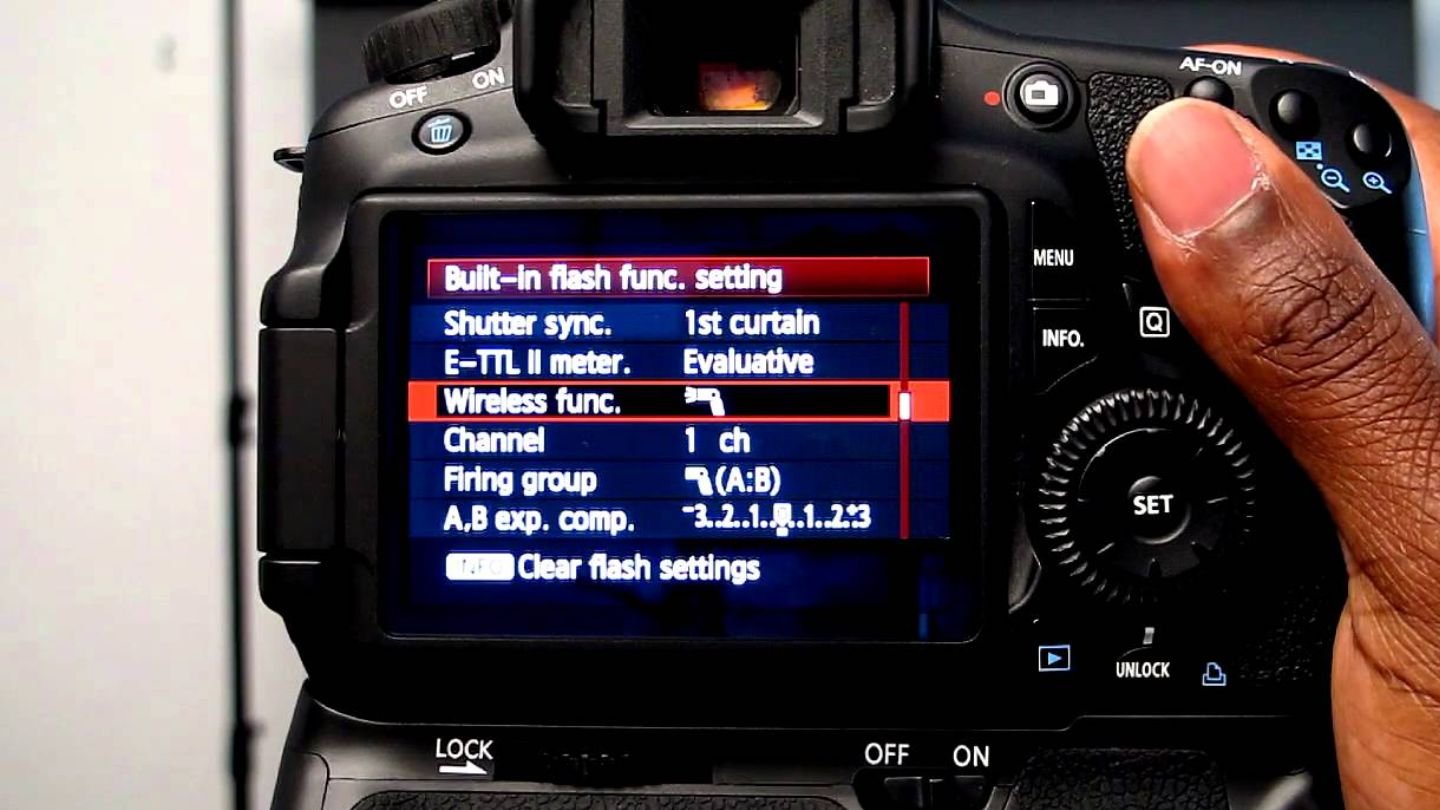
Most cameras have an exposure meter that guides you on whether the image is overexposed, underexposed, or correctly exposed.
This shows a scale of -2 to +2. Whenever the value is zero, it shows proper exposure.
If the shot looks underexposed or over exposed, then the meter tells you exactly how much your aperture, shutter speed, or ISO must be adjusted quickly.
It depends on the meter to get you out of tough lighting conditions for perfect exposures, such as outdoor daylight and dimmed interior lights.
6. Use Exposure Compensation
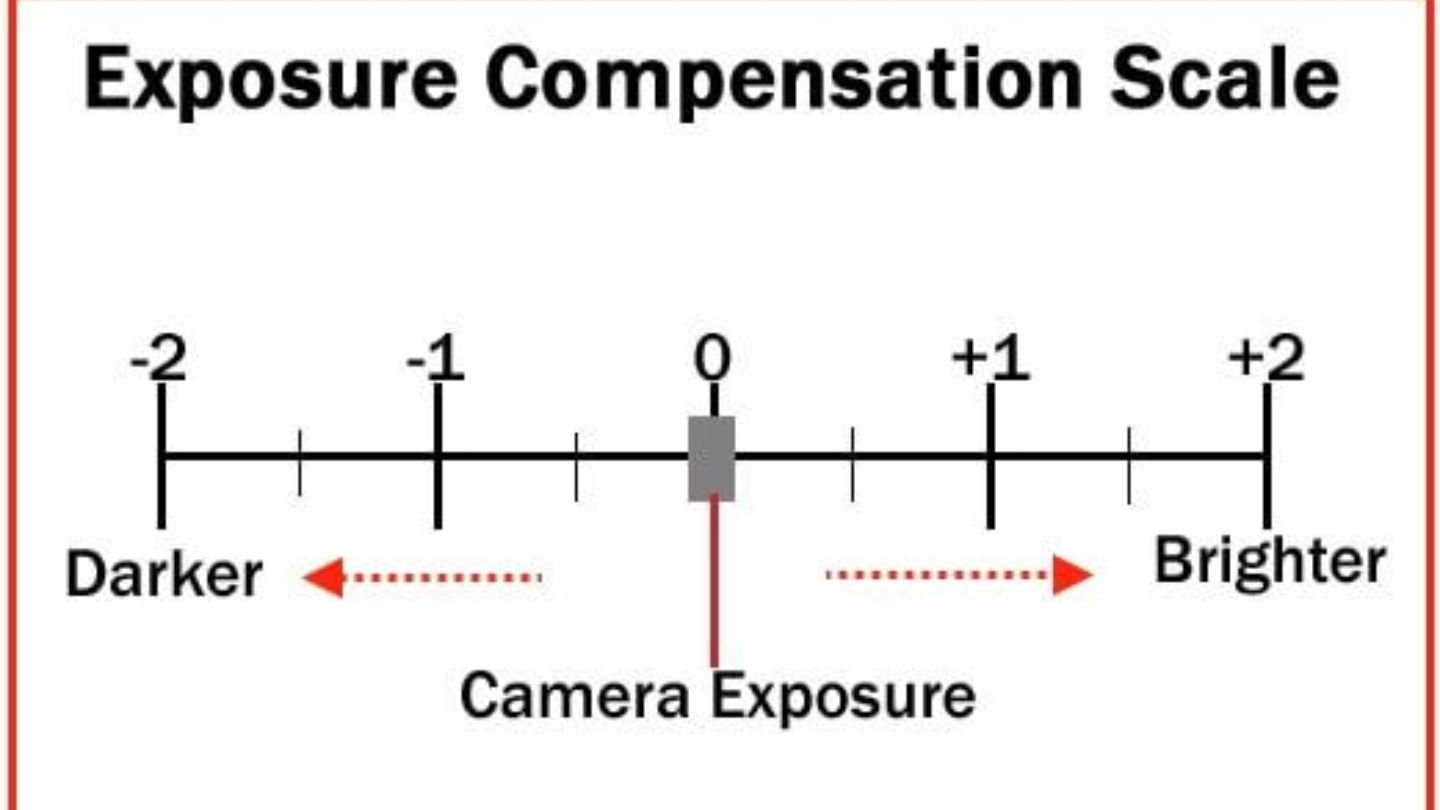
It would be great if there’s exposure compensation. Then one does not need to adjust real settings, just add one or two stops, and is good to go without creating an under-exposed shot when the scene is all backlit or snowy. On bright conditions where probably one’s image is likely going to be over-light, expose less.
Exposure compensation could be used in situations where you are required to adjust the right look and tone of the images; this usually applies to scenarios that involve high-contrast scenes.
7. Shooting RAW Format

It carries the RAW files with uncompressed image data, which allows more room in editing for changing exposure, shadows, or highlights.
Using RAW shooting allows a lot of exposure alteration with less loss in quality at the time of editing.
It is best suited for professional and detailed photography where corrections may be required. It should be done particularly in highly contrasty shots. Although it consumes more memory storage, it has a great advantage: the ability to make perfect edits in post-production.
8. Practice with Different Lighting Conditions
Lighting is the most important variable affecting exposure. Practice under different light conditions, like golden hour or indoor lighting, to learn how changes in light conditions affect exposure settings.
Practice in direct sunlight, indoor lighting, cloudy weather, and nighttime. Use the manual mode to try various exposure settings and see the impact of each lighting condition on your images. This is better experienced by testing out the varying lighting environments, so which way you adjust your exposure becomes easier for every scene presented.
Practice and mastering these tips will help you develop the capability of stunning photographs. Apply and experience the improvement each one makes, and make it your unique signature on photography.
5 Ideas for Long-Exposure Photography
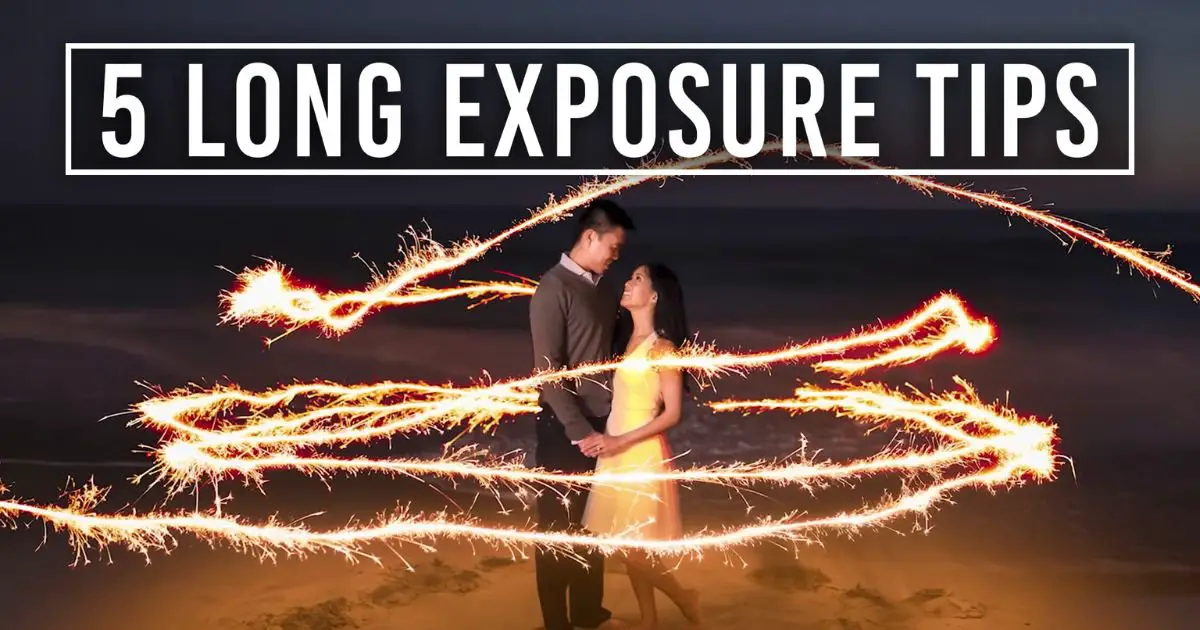
1. Light Trails from Moving Cars
Take the glowing trail left by moving vehicle heads and taillights at night, which create lively patterns on roads and highways.
2. Star Trails in Night Sky
Long exposure shots of stars create gorgeous circular trails as Earth keeps on rotating. The time is best when nights are transparent and dark and areas have open spaces.
3. Smoothing Water Effects in Oceans and Rivers
Capture rivers waterfalls or ocean waves with a long exposure to bring water into a silky effect, misty, by giving the landscape a mystic feel.
4. Fireworks/Sparklers for Creative Shapes
Capture bright light flows in the sky using fireworks or sparklers while getting creative with the design of light drawings and their shapes with the help of sparklers.
5. Capturing Clouds in Motion
Cloudy days Use a long exposure to make the sky look smooth, with clouds drifting slowly along and gliding across your frame.
Long Exposure Photography Without a Tripod
Taking long exposure shots without a tripod may seem to be a challenge, but here are some tips to help you get stable, creative results:
- Use a Stable Surface
Find a flat surface like a bench, rock, or ledge to steady your camera. Position it securely, and use objects, like a bag or folded cloth, to adjust the angle if needed.
- Use Image Stabilization
Many cameras and lenses have IS. Turn it on to help reduce motion blur when hand-holding your camera for long exposure shots.
- Hold Your Breath and Steady Your Hands
You can minimize camera shake by holding your breath when you take the shot and tucking your elbows close to your body. This is surprisingly effective at keeping the camera steady.
- Use a Self-Timer or Remote Shutter
Even the lightest touch can create blur, so use your camera’s self-timer (2 seconds works well) or a remote shutter release. That way, you’re not touching the camera when the shutter opens.
- Try Lowering the Shutter Speed
If you’re going for a long exposure effect, use a moderate shutter speed rather than an extremely slow one. That still allows for some motion blur while keeping your shot reasonably sharp.
- Use a Wide-Angle Lens
Wide-angle lenses are less sensitive to small movements and also easier to stabilize. You could use a wider lens to obtain sharper long exposures without a tripod.
How to capture long exposure photos: Final words
Long-exposure photography is a creative method to capture the passing of time and add depth to your images. Be it light trails and starry skies or smooth water and dynamic cloudscapes, it is all endless with the right technique. Remember that you have to plan your shot, use a stable surface without a tripod, and make use of tools such as image stabilization and self-timers to avoid blur. Most importantly, patience and experimentation with different settings so you can find your best. Long exposure requires some experiment, but with good practice, you will produce spellbinding, artistic pictures quite unlike what everyone else would give you. So relax and let your imagination create something!
